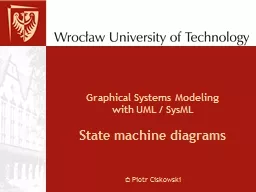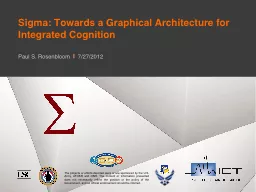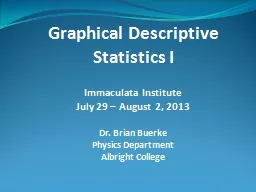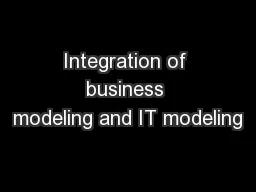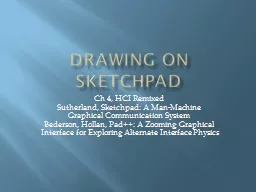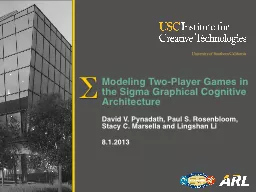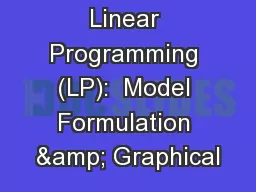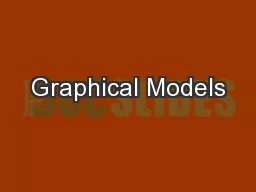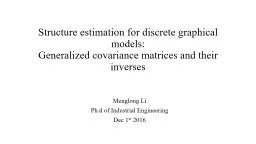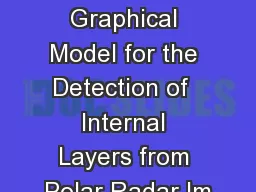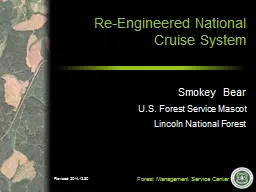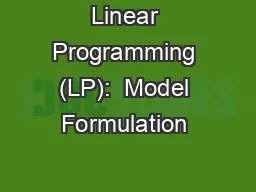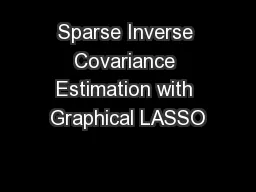PPT-Graphical Systems Modeling
Author : natalia-silvester | Published Date : 2017-09-03
with UML SysML State machine diagrams Piotr Ciskowski State machine diagrams lecture plan Overview GO Sections GO States GO History GO Pseudostates GO Transitions
Presentation Embed Code
Download Presentation
Download Presentation The PPT/PDF document "Graphical Systems Modeling" is the property of its rightful owner. Permission is granted to download and print the materials on this website for personal, non-commercial use only, and to display it on your personal computer provided you do not modify the materials and that you retain all copyright notices contained in the materials. By downloading content from our website, you accept the terms of this agreement.
Graphical Systems Modeling: Transcript
Download Rules Of Document
"Graphical Systems Modeling"The content belongs to its owner. You may download and print it for personal use, without modification, and keep all copyright notices. By downloading, you agree to these terms.
Related Documents

